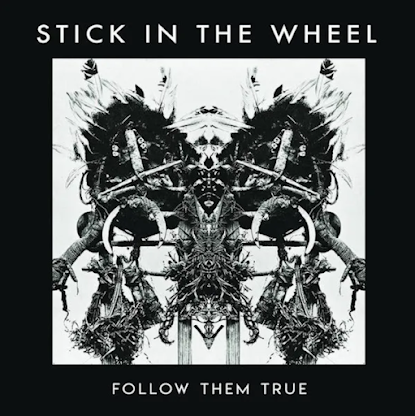#First Aid Kit #indie folk #Americana #country folk #folk rock #folk pop #singer-songwriter #Swedish #Black Sabbath cover #music video
You wouldn’t imagine that the mellow folky tones of First Aid Kit would pair well with the frenzied howling maelstrom of Black Sabbath. Sometimes defying convention is a thrill and music proves that time and time again. In fact, defying convention is something that First Aid Kit have had to do in their own usual field anyway. "We had a lot to prove, especially being in a genre that’s dominated by a certain type of man – you know, nerdy, bearded men listening to folk,” Klara Söderberg told The Telegraph. “We felt we had to prove we were serious about music and we weren’t just doing this because we thought it was trendy.” Her sister Johanna adds: “I felt there was a lot of sexism in that as well.” Thankfully, they persevered and have been offering up blissful music ever since, not least last year’s cracking album Palomino. Throughout their musical journey so far, they have remained defiant enough to venture into a range of genres and let their individualism and undoubted talent shine through.
That’s just as well when it comes to covering Black Sabbath because very few songs have the raw, mystic power that the anti-war juggernaut of ‘War Pigs’ contains. It is, in essence, an outcry. “Britain was on the verge of being brought into the Vietnam War,” Geezer Butler recalls, “there was protests in the street, all kinds of anti-Vietnam things going on. War is the real Satanism. Politicians are the real Satanists. That’s what I was trying to say.” The anthem remains one of the great opening tracks, blasting Paranoid off like the gunshot at the start of a race. Everything about the band was rough, tumble, and raw. Even their debut album was pieced together in a day, as Tony Iommi recalls, “We thought we have two days to do it and one of the days is mixing. So we played live. Ozzy was singing at the same time, we just put him in a separate booth and off we went. We never had a second run of most of the stuff.” While Ozzy Osbourne’s thunderous screech is hard to match, the duo bring their own sense of power to it. As Alex Turner of the Arctic Monkeys once correctly identified, there is just something special about siblings harmonizing. From: https://faroutmagazine.co.uk/first-aid-kits-cover-black-sabbath-war-pigs/




























